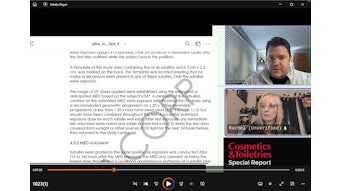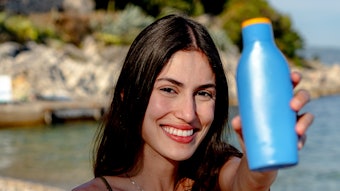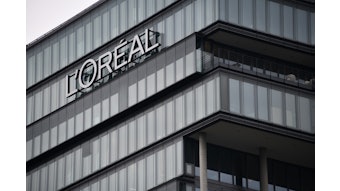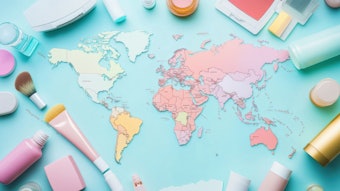In line with updates made to the European Union’s (EU’s) Cosmetics Regulation EC No. 1223/2009 on July 11, 2013, the Association of Southeast Asian Nations (ASEAN) Cosmetics Association (ACA), as part of the ASEAN Cosmetics Directive (ACD), has updated its position on some cosmetic ingredients and evaluated the order in which it will implement parts of the regulation.
Sunscreen Labeling
The ACA amended its Sunscreen Labeling Guidelines with standard guidelines due to inconsistent labeling among ASEAN member states. As part of the new guidelines, manufacturers must:
- note that reapplication is necessary to maintain protection, especially after sweating, swimming or toweling;
- warn that sunscreens are one way to reduce the dangers of sun exposure;
- provide instruction for use, such as a pictogram, illustration, etc., to ensure that a sufficient quantity is applied; and
- warn that overexposure to the sun is a serious health threat.
Further discussion is required for use of the claims “waterproof,” “sweatproof,” “sunblock and “water resistant,” as the first three are prohibited in the United States by the U.S. Food and Drug Administration, while the last claim must be accompanied with a time limit. Currently, these claims can still be used in all ASEAN member states except Malaysia.
Botanicals
In its revised draft of the Botanical Safety Assessment Guideline, ACA suggested that further discussion and studies would be made to consider traditional medicine, and to consult with member states before updating the decision chart on botanical ingredients.
Raw Materials
The ACA proposed reviewing the use of nonoxynols, Papaver rhoeas (poppy) and Pueraria mirifica in cosmetic products. A derivative of poppy can be used to produce heroin, while P. mirifica, a tuberous herbal root, contains potent phytoestrogen substances such as miroestrol, deoxymiroestrol, daidzein, etc. Some ASEAN member states allow the use of all, while others permit nonoxynols and P. mirifica but not P. rhoeas.
The ACD’s safety committee requested discontinuing the use of methylisothiazolinone (MIT) in leave-on cosmetic products, especially those for infant skin. The ACA noted that manufacturers in Europe had voluntarily begun to reformulate products without MIT even though it is still allowed in rinse-off products up to 0.0015% (15 ppm). While changing the preservative system notably requires time and stability studies, recommendations were made to the industry to make these changes.
A trace limit for cadmium was suggested based on postmarketing surveillance in Indonesia that detected higher amounts of the mineral in Chinese-manufactured products. The current ASEAN heavy metal limits in Annex II are 1 ppm for mercury, 20 ppm for lead and 5 ppm for arsenic. While the cadmium limit in Germany is 5 ppm, except toothpaste at < 0.5 ppm, the limit in Canada is 3 ppm. There are various limit proposals in the ACD for cadmium, which vary between maximum levels of 3 ppm and 1 ppm.
While further discussions will be held concerning new EU regulations, the secretary of the ACA presented five amendments to Annexes II, III, V and VI of EC No. 1223/2009. The latest amendment, No. 358/2014 of Annex II, has yet to be included in Annex II of the ACD. In accordance with No. 358/2014, five parabens—isopropylparaben, isobutylparaben, phenylparaben, benzylparaben and pentylparaben—will be added to Annex II of the ACD, and prohibited in ASEAN-manufactured cosmetics. In addition, manufacturers that currently use these parabens in products are granted a grace period of 12 months or until July 30, 2015, to reformulate without these preservatives.










